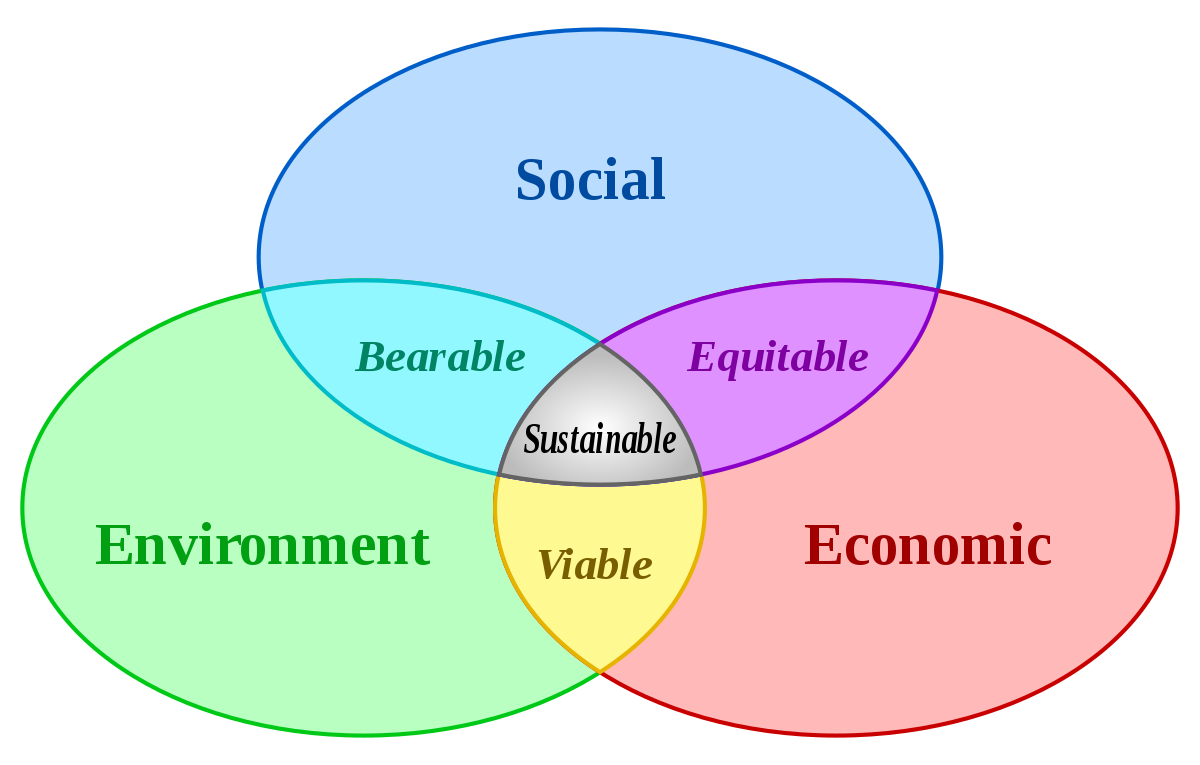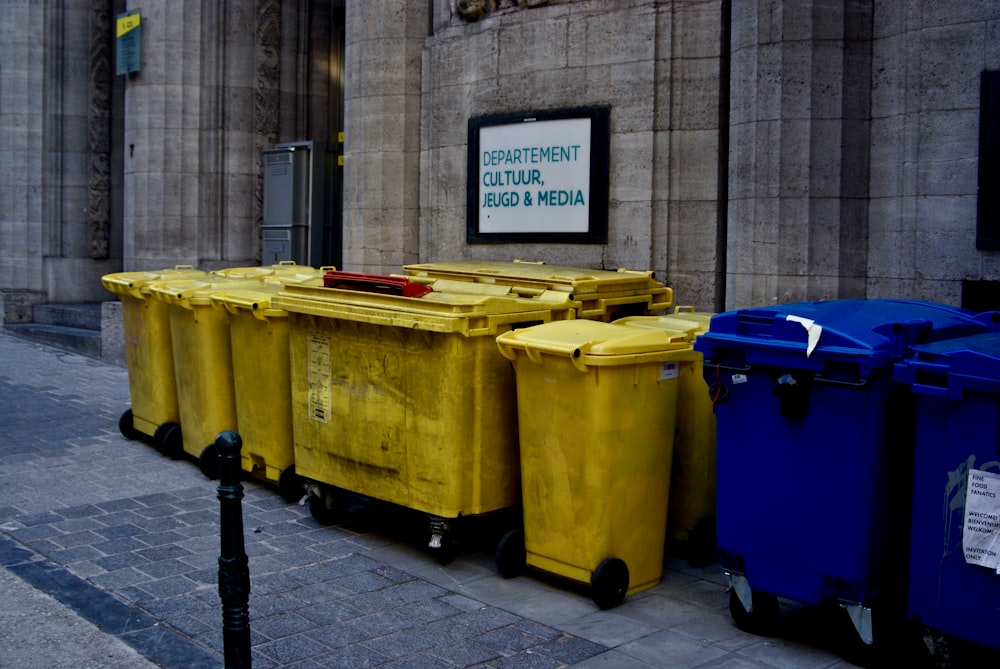How can you measure a company’s sustainability? There you have the 5 main indicators for evaluating the environmental, social and economic impact of your company, making it truly sustainable and fighting against greenwashing
It is important to be eco-friendlier, for every aspect of our lifestyles, including our work. But how can we measure the environmental sustainability of your company? What are the corresponding indicators that must be taken into account?

Firstly, it is necessary to underline the fact that for defining a company as sustainable, it must respect three different criteria on sustainability:
- Economic
- Environmental
- Social
So, please notice that the term “sustainable” is not only about the environmental impact but also about the economic and social effects that the company should hold.

Measuring sustainability using indicators
Some aspects of sustainability are not easy to be measure as some data are considered to be “latent”, not immediately measurable.
For this reason, it is important to identify the indicators, called KPI (Key Performance Indicators), that produce data that can be measured through specific tools and clear systems.

However, having said this, let’s find out about these 5 main indicators (given by recent scientific research on the magazine GreenTire in collaboration with the Bocconi University of Milan) to measure the sustainability of your company.
1. Conformity
The first indicator for a company’s sustainability is about respecting the rules and the national or international standards. For example, a measurable indicator (KPI) can be the quantity of fines for infractions.
2. Use of materials and Performance
The second KPI introduces by the GreenTire measures the number of resources and raw materials that are used, the amount of waste and the emissions that they generate. An indicator that evaluates both the environmental and economic part of a company for defining it as “sustainable”.

3. Effects
What are the effects that your company produces? What about its utter environmental impact? What kind of regulation do you have for protecting the employees? How many accidents at work have you had in your organization? Just ask these questions and you will have a clearer idea of the social and environmental effects of your company.
4. The supply Chain and the Product Life Cycle
This indicator underlines those aspects that are about the company itself. For defining a company as “sustainable”, it is important to take into account the whole product life cycle, from the choice of raw materials to the final disposal. For this reason, it is important to acknowledge if the suppliers use renewable energy sources; the amount of carbon dioxide produced by moving the products; if the product may be recycled or reused.

5. Sustainable system
The last indicator represents how the company acts in the social context. It evaluates national or international relationships and the impact on the local territory. This indicator also shows the impact on the life quality of the employees and the local community.
By considering these sustainability indicators, through accurate analysis, we can develop a critical point of view towards the sustainability of our company and identify the aspects that have to be improved for reaching a good balance among the three areas of action of sustainability (social, environmental and economic).
Greenwashing

Nowadays, everything about sustainability is fashionable, it sells, and it pays too.
For this reason, recent research made by the society “Green Intelligence” warns us. They analyzed 426 SME that have used green-oriented advertisement campaigns and the result is that two-thirds of them declare that the “green” was a sub-strategy, called “greenwashing”
It is important to get information on this situation and being aware of the fact that it is really important to make your companies go green.
For further information on sustainability, read our blog and subscribe to our newsletter!




